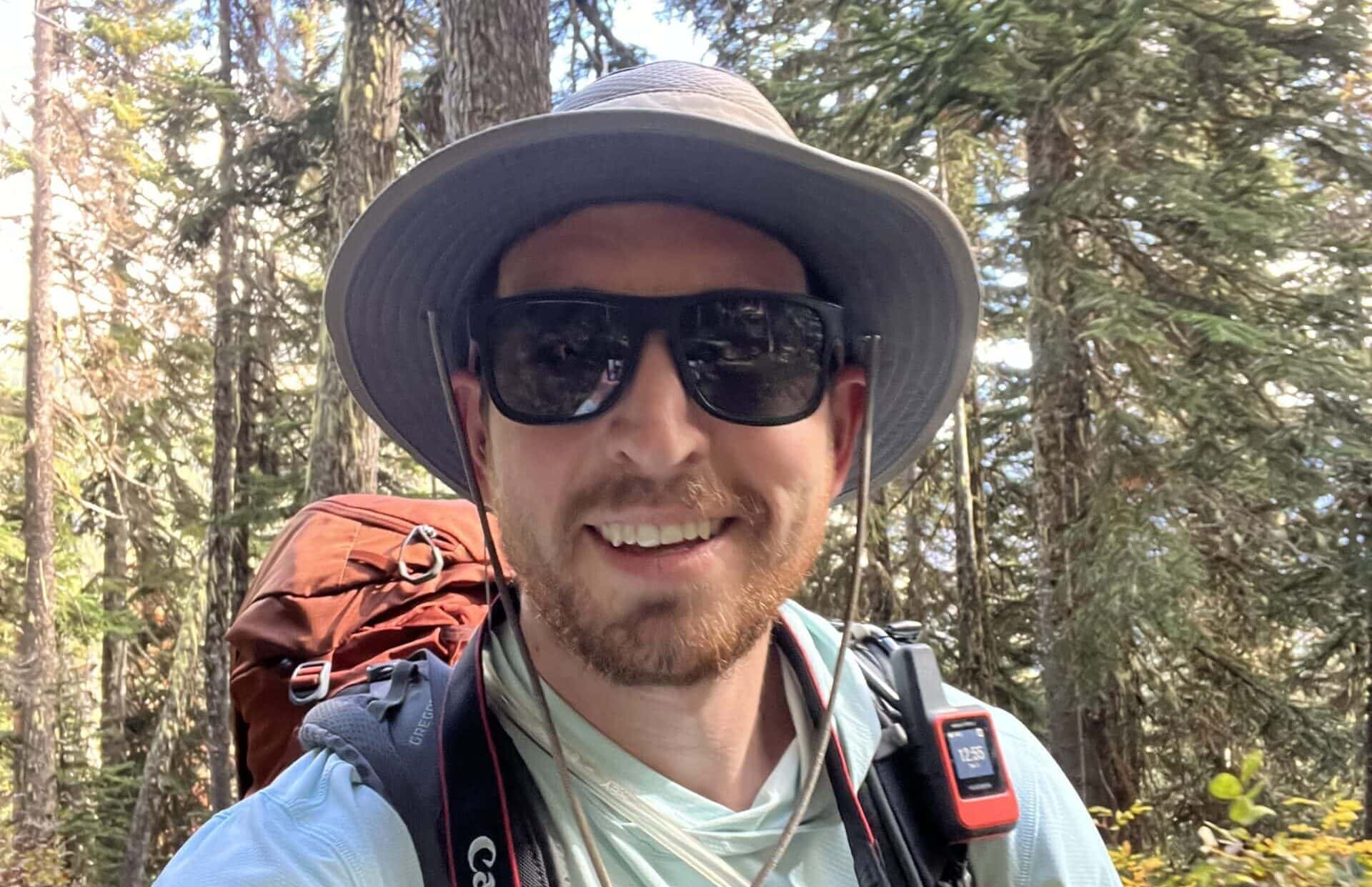15 Facts About Iceland That Will Surprise You
Iceland, a stunning island nation marked by its dramatic volcanic landscapes, geysers, hot springs, and lava fields, offers a unique blend of natural wonders and rich cultural heritage. From the awe-inspiring Northern Lights to its Viking history and distinctive Icelandic horses, Iceland captivates visitors with its diverse attractions.
You’ll learn some pretty cool facts about this amazing island and maybe be inspired to visit it yourself!
Geothermal Energy
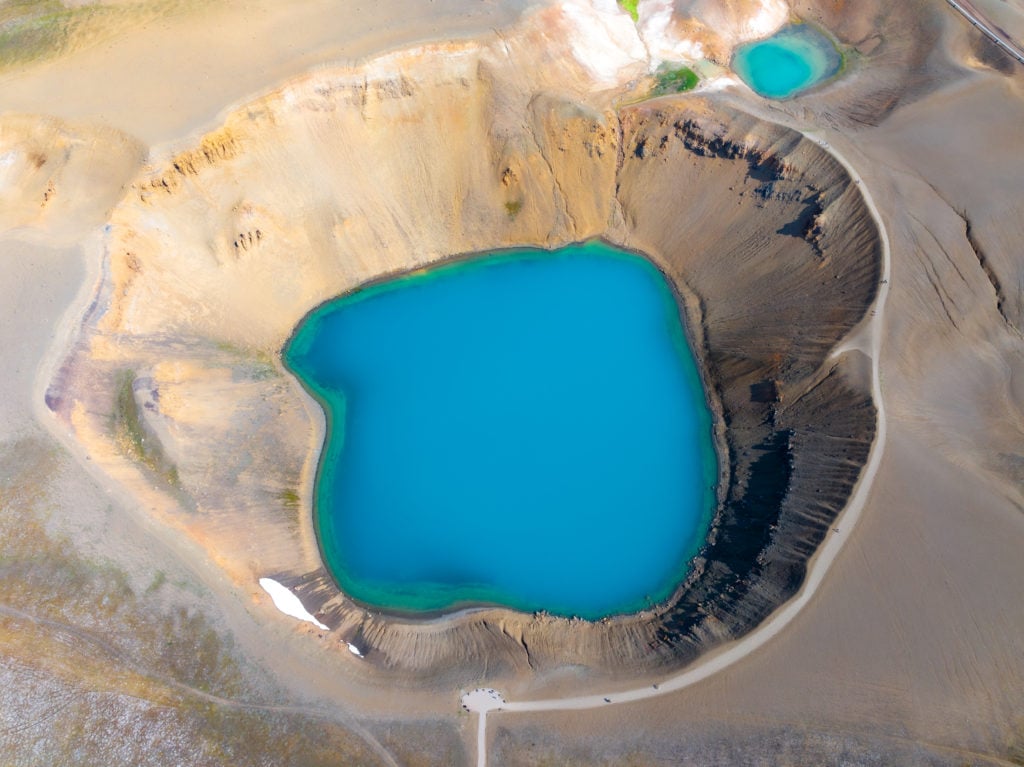
Iceland is a leader in using geothermal energy, which powers around 90% of the country’s homes. This renewable energy source comes from the island’s volcanic activity, which heats water underground to produce steam. The country’s commitment to renewable energy sources has made it one of the greenest economies in the world.
Mid-Atlantic Ridge
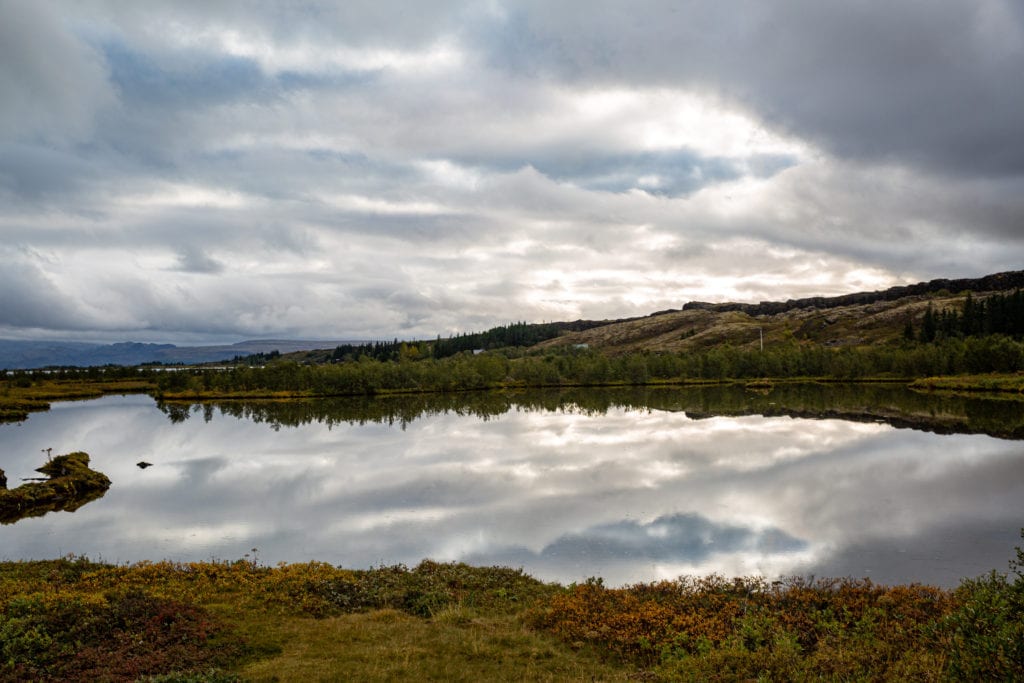
Iceland is one of the only places in the world where the Mid-Atlantic Ridge can be seen above water. The ridge marks the boundary between the North American and Eurasian tectonic plates. At Þingvellir National Park, you can walk between two continents as they slowly drift apart.
Viking Heritage
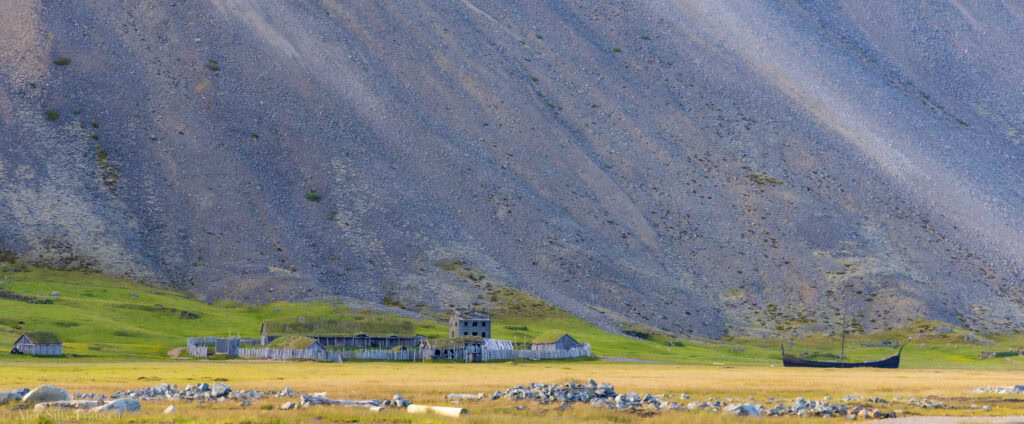
Norse Vikings settled in Iceland in the late 9th century, and this heritage is deeply ingrained in Icelandic culture. The country preserves this history through its sagas—medieval literature that recounts the adventures and family histories of the Vikings. Many Icelanders can trace their ancestry directly back to these settlers.
Icelandic Horses

The Icelandic horse, brought to the island by the first Norse settlers, is a unique breed known for its additional gaits beyond the typical walk, trot, and gallop. These include the tölt and the flying pace, which are remarkably smooth and helpful for riding over rough terrain. The breed has remained pure for centuries due to strict laws preventing other breeds from entering the country.
The Northern Lights

Iceland is one of the best places in the world to witness the Aurora Borealis or Northern Lights. These stunning natural light displays are best viewed in the winter in remote areas away from city lights. The lights result from solar particles colliding with atmospheric gases, creating vivid displays of green, pink, and purple.
Volcanic Landscape

The country’s landscape is dramatically shaped by volcanic activity, with about one-third of all the lava that has erupted on Earth in the last 500 years coming from Iceland. The island has over 30 active volcanic systems, making it a hub for scientific research and a popular destination for tourists. This volatile foundation creates spectacular features such as geysers, hot springs, and lava fields.
Language
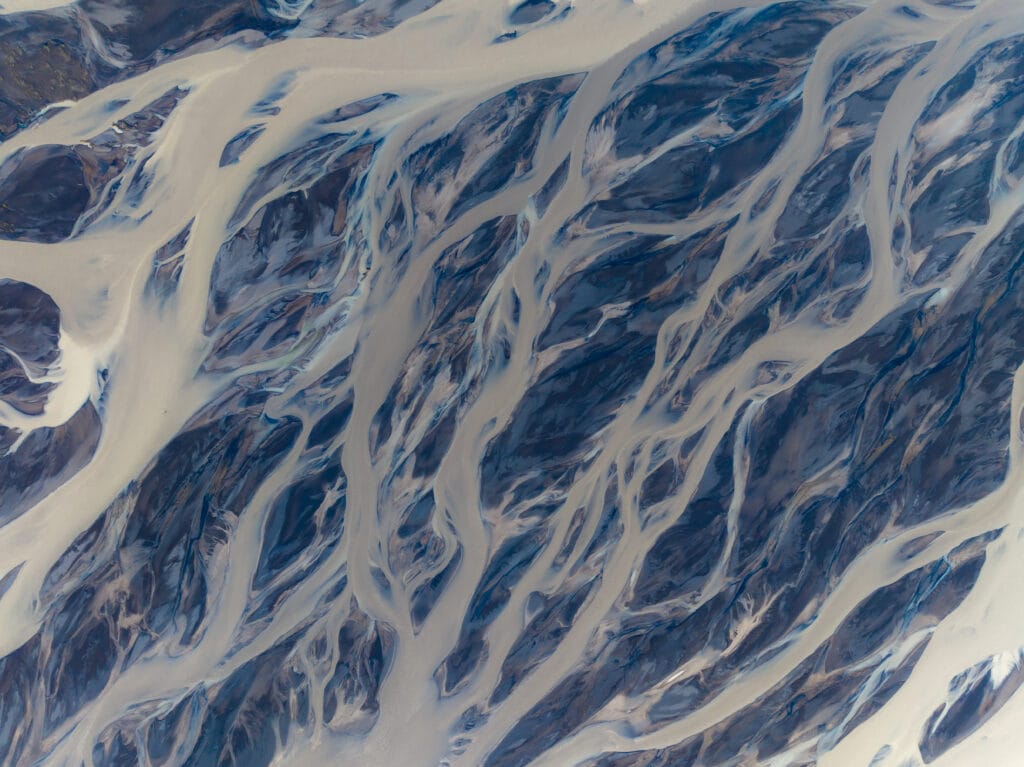
The Icelandic language has changed little from the ancient Norse spoken by its Viking Age settlers. Efforts to preserve the language include avoiding loanwords, instead creating new Icelandic words for modern concepts. For example, the Icelandic word for computer, “tölva,” is a portmanteau of “tala” (number) and “völva” (prophetess).
Icelandic Cuisine
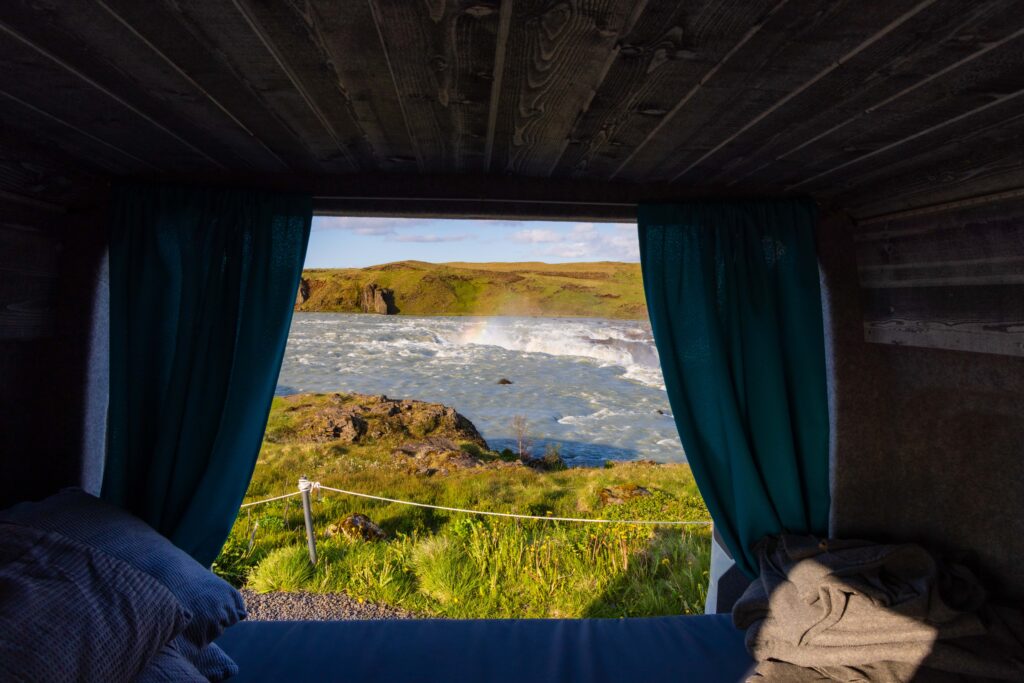
Traditional Icelandic cuisine is based mainly on fish, dairy, and lamb. Unique dishes include hákarl (fermented shark), known for its strong ammonia-rich smell and fishy taste. The diet reflects the island’s historical isolation and reliance on locally available ingredients.
Literary Tradition

Iceland boasts a high literary rate and a robust literary tradition dating back to the famous Icelandic Sagas. Almost every Icelander writes and publishes a book in their lifetime, leading to the saying that the island has more writers per capita than any other country. The annual Reykjavik International Literary Festival is a significant event in the Icelandic cultural calendar.
No Forests

Historically, Iceland had few trees, and over the centuries, intensive sheep grazing and harsh weather prevented widespread forest growth. Reforestation efforts are underway, but the country remains largely devoid of forests, giving it a stark and rugged landscape. This makes the Icelandic environment unique compared to more forested Nordic countries.
Daylight Variations
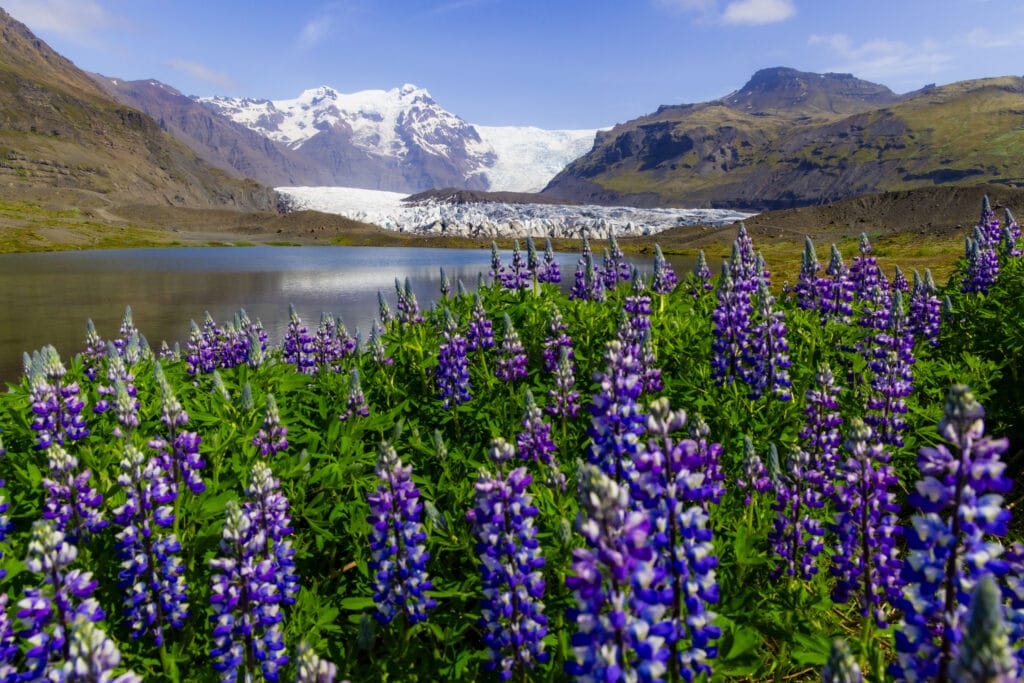
Due to its northern location, Iceland experiences extreme variations in daylight. During the peak of summer, the sun sets just before midnight and rises again around 3 a.m. in Reykjavik, creating the phenomenon known as the “Midnight Sun.” Conversely, in the depths of winter, daylight lasts only a few hours.
Cleanest Capital

Reykjavik is known as one of the world’s cleanest, greenest, and safest cities. The city is powered entirely by geothermal and hydroelectric energy, contributing significantly to its low pollution levels. Additionally, the crime rate in Iceland is meager, making it one of the safest countries to live in or visit.
Water Purity
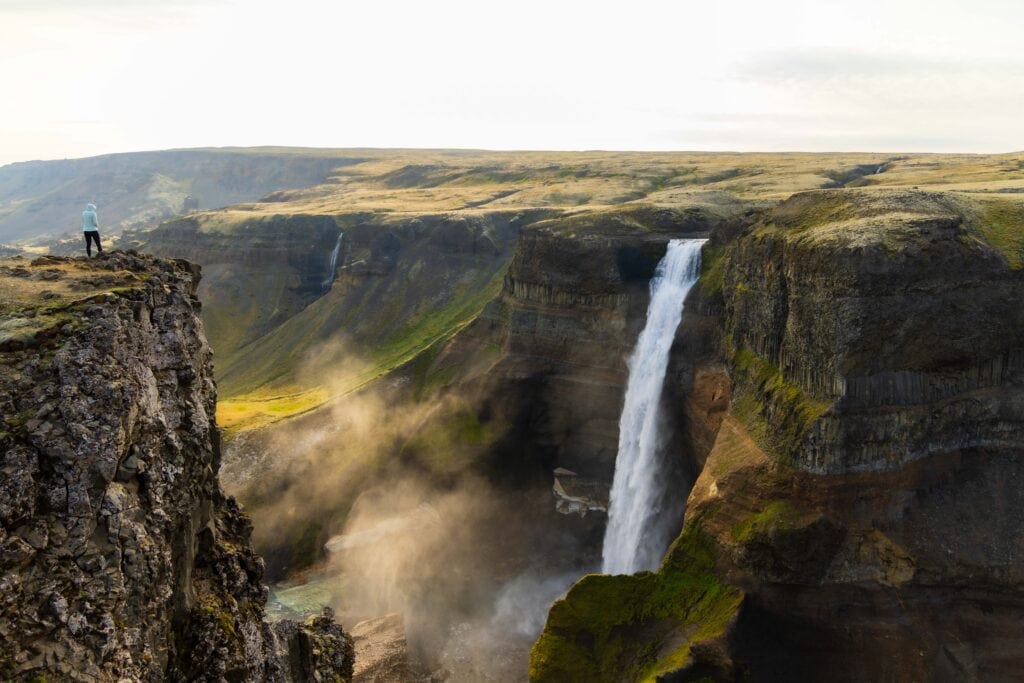
Iceland’s tap water is among the cleanest in the world, coming directly from natural springs without the need for extensive purification or chlorination. Visitors are often encouraged to drink straight from the tap rather than buying bottled water. This pristine water quality also contributes to the exceptional taste of Icelandic beer and spirits.
Unique Museums

Iceland hosts a variety of unique museums that reflect its culture and eccentricities. These include the Icelandic Phallological Museum, devoted to the science of penology and claims to have a specimen from every mammal in the country, and the Witchcraft and Sorcery Museum, which explores Iceland’s mystical past.
Whale Watching

Iceland is one of the premier locations for whale watching, with Husavik often touted as the whale-watching capital of Europe. Iceland’s cold Arctic and North Atlantic waters are rich feeding grounds for multiple whale species, including minke whales, humpback whales, and occasionally orcas. The industry is a staple of the local tourism economy and strongly emphasizes sustainability and animal welfare.
Top Things To Do On Iceland’s Southern Coast

Explore the Katla Ice Cave



